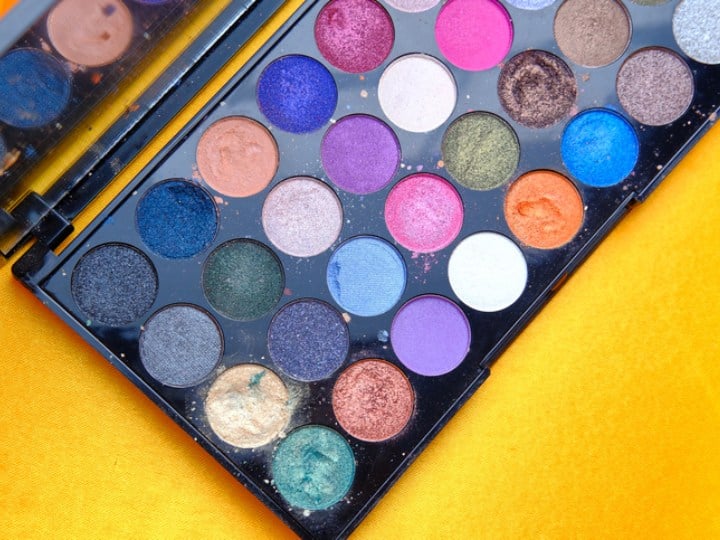Testing of parabens in cosmetics with analytical expertise to help you meet global regulatory requirements and ensure quality control for your beauty products
Testing for parabens in cosmetics allows determination of the levels, or dosage, at which parabens are present in a personal care product formulation.
What are parabens in cosmetics?
Parahydroxybenzoate esters and their sodium salts, also known as parabens, are a group of substances that have been used as preservatives in a range of cosmetic or personal care products including shampoos, skincare, shaving products and more. Parabens have also been used as preservatives in food, consumer healthcare and medicines. Their antimicrobial activity helps to prevent the growth of microorganisms as well as yeasts and moulds in beauty products over their intended shelf life. However, these substances have gained increasing focus related to their impact on consumer health as they have been associated, as shown by some studies, with an increased risk of breast cancer and reproductive problems.
Regulatory drivers for paraben testing in cosmetics
In Europe, the EU Regulation 1223/2009 on Cosmetic Products includes specific provisions that address the use of parabens and this includes the need to demonstrate that the maximum allowable concentration for certain parabens is not exceeded. There are series of parabens listed in Annex IV of the regulation which is a list of preservatives allowed in cosmetic products. These have specific restricted limits governing their use in product formulations. Types of parabens that are commonly used with restricted use include methylparaben, propylparaben, butylparaben, or ethylparaben or salts of these substances.
Five parabens have been added to the Annex II of the EU Regulation 1223/2009 on Cosmetic Products, which is a list of substances prohibited in cosmetic products. These are benzylparaben (also known as benzyl 4-hydroxybenzoate), phenylparaben (also known as phenyl 4-hydroxybenzoate), isopropylparaben (also known as isopropyl 4-hydroxybenzoate, and also sodium salt or salts of isopropylparaben are restricted), isobutylparaben (also known as isobutyl 4-hydroxybenzoate and also sodium salt or salts of Isobutylparaben are restricted) and pentylparaben (also known as pentyl 4-hydroxybenzoate).
In the USA, the FDA continues to monitor safety studies concerning parabens. Currently, they are considering potential risks to human health in relation to parabens and what can be learned from these published safety studies. However, cosmetic products must have an accurate list of ingredients included on the product packaging.
Analytical testing for parabens in cosmetics
Our cosmetics testing scientists provide analyses to determine the presence and levels of a range of parabens in cosmetics and raw materials, addressing both safety concerns and quality control requirements. Using High-Performance Liquid Chromatography (HPLC) with UV detection for the determination of parabens, we can test for parabens at low ppm levels.
Cosmetics quality control analysis for parabens levels
For quality control purposes, we offer routine tests to determine if specific parabens are present in a product. With sensitive and specific LC-MS approaches, we can identify the parabens present and, by spiking samples with known amounts of reference material, confirm with confidence the levels at which these substances are present (assuming there are no sample matrix interferences).
Bringing Cosmetic Quality and Safety to Life
With over 20 years of proven support for some of the largest and most innovative brands, Intertek is your ideal partner for providing total quality assurance in the testing of parabens in skincare. Our teams work with manufacturers and suppliers to help them understand and mitigate sources of product risk. Our scientists offer total quality assurance and flexible resources, delivered with technical efficiency that adds value to your cosmetic product development and production.

